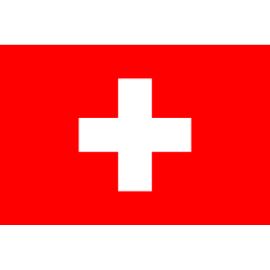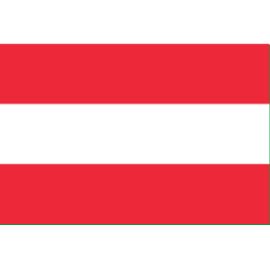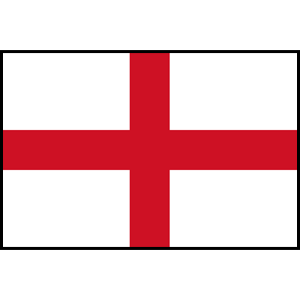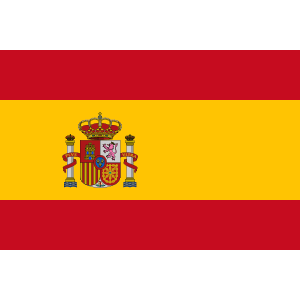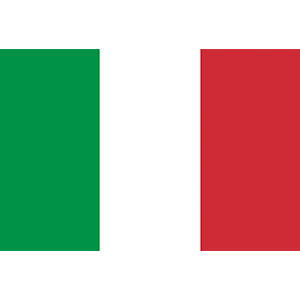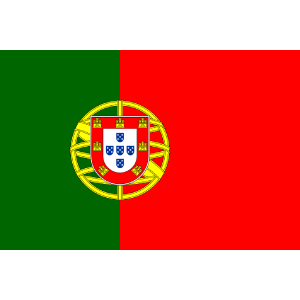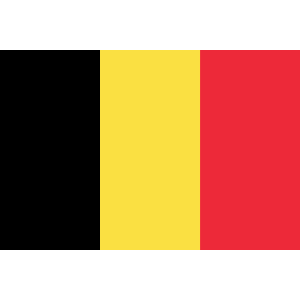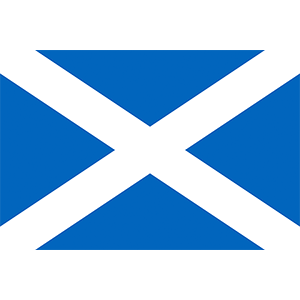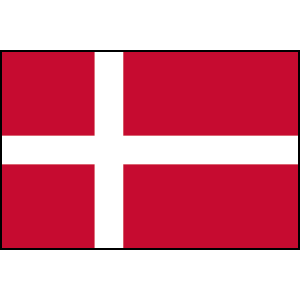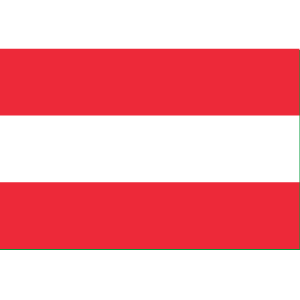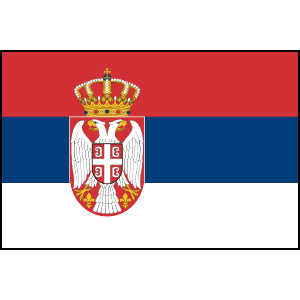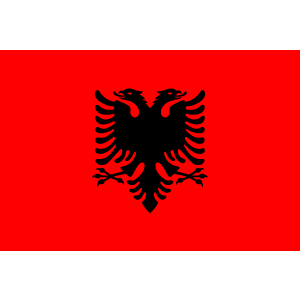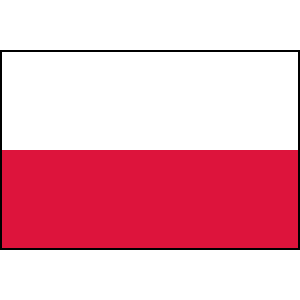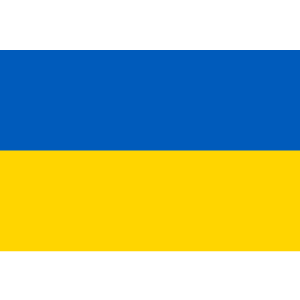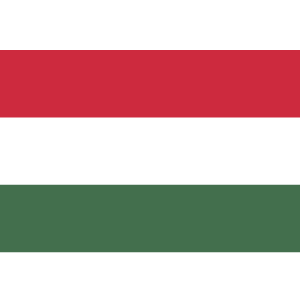Search results
Other games
Croatia (/ k r oʊ ˈ eɪ ʃ ə / ⓘ, kroh-AY-shə; Croatian: Hrvatska, pronounced [xř̩ʋaːtskaː]), officially the Republic of Croatia (Croatian: Republika Hrvatska listen ⓘ), is a country located at the crossroads of Central and Southeast Europe. Its coast lies entirely on the Adriatic Sea.
- Overview
- Land
- Relief
- Drainage
- Soils
- Climate
- Plant and animal life
Croatia, country located in the northwestern part of the Balkan Peninsula. It is a small yet highly geographically diverse crescent-shaped country. Its capital is Zagreb, located in the north.
The present-day republic is composed of the historically Croatian regions of Croatia-Slavonia (located in the upper arm of the country), Istria (centred on the Istrian Peninsula on the northern Adriatic coast), and Dalmatia (corresponding to the coastal strip). Although these regions were ruled for centuries by various foreign powers, they remained firmly Western-oriented in culture, acquiring a legacy of Roman law, the Latin alphabet, and western European political and economic traditions and institutions. A part of Yugoslavia for much of the 20th century, Croatia suffered considerably from the disintegration of that federation in the early 1990s. The European trajectory of Croatia was finally realized in 2013 when it joined the European Union; in 2023 Croatia adopted the euro as its currency.
As the Croatian Canadian scholar Tony Fabijančić writes, Croatia’s tumultuous first years as an independent country also have obscured its centuries-long history:
Croatia (Hrvatska) is an ancient nation, yet a very young nation state. Once a formidable kingdom under Tomislav in the tenth century, a naval power in the sixteenth and seventeenth, and an awakening national entity in the nineteenth, it had to endure a thousand years of foreign meddling, subjugation, incursions, and outright wars before being recognized in 1992 as a distinct entity.
The upper arm of the Croatian crescent is bordered on the east by the Vojvodina region of Serbia and on the north by Hungary and Slovenia. The body of the crescent forms a long coastal strip along the Adriatic Sea, and the southern tip touches on Montenegro. Within the hollow of the crescent, Croatia shares a long border with Bosnia and Herzegovina, which actually severs a part of southern Croatia from the rest of the country by penetrating to the Adriatic in a narrow corridor.
Britannica Quiz
Croatia is composed of three major geographic regions. In the north and northeast, running the full length of the upper arm of the Croatian crescent, are the Pannonian and para-Pannonian plains. To the north of Zagreb, the Zagorje Hills, fragments of the Julian Alps now covered with vines and orchards, separate the Sava and Drava river valleys.
Students save 67%! Learn more about our special academic rate today.
Learn More
To the west and south of the Pannonian region, linking it with the Adriatic coast, is the central mountain belt, itself part of the Dinaric Alps. The karst plateaus of this region, consisting mostly of limestone, are barren at the highest elevations; lower down, they are heavily forested. The highest mountain in Croatia, Dinara (6,007 feet [1,831 metres]), is located in the central mountain belt.
Of the 26 rivers that flow for more than 30 miles (50 km) in Croatia, the Sava and the Drava, coursing through the Pannonian and para-Pannonian plains, are of particular importance—both because of their length and because, along with the Kupa River, they are in large part navigable. The Sava originates in Slovenia, passes Croatia’s capital city of Zagreb, and then forms most of the border between Croatia and Bosnia and Herzegovina along the inside of the Croatian crescent. The Drava enters Croatia from Slovenia and forms all but a small section of the border with Hungary before joining the Danube, which in turn forms most of the border between Croatia and the Vojvodina province of Serbia. The Kupa, which forms part of the frontier between Slovenia and Croatia, and the Una River, which meanders along part of the border between Croatia and Bosnia and Herzegovina, both flow into the Sava. In Dalmatia the Krka and Cetina rivers are of particular importance because of their hydroelectric potential and because they flow into the Adriatic Sea.
In addition, a great deal of water circulates in underground rivers and pools in the karstic regions of the central mountain belt and the littoral. These waters account for many of the unique geologic formations and the picturesque landscape of central and western Croatia.
The Pannonian and para-Pannonian plains are enriched with alluvial soil deposited by the Sava and Drava rivers. These plains are the most fertile agricultural regions of Croatia and form the country’s breadbasket. The soil of the central mountainous belt is rather poor but offers some cultivable land in the fields and meadows and some grazing land ...
Two main climatic zones dominate Croatia. The Pannonian and para-Pannonian plains and the mountain regions are characterized by a continental climate of warm summers and cold winters. In the plains, temperatures average in the low 70s F (low 20s C) in June and in the low 30s F (around 0 °C) in January—although they can range from a low of −5 °F (−20 °C) in the winter to a high of 105 °F (40 °C) in the summer. The central mountain regions of Lika and Krbava have slightly cooler summers and cold winters, with a milder climate in the valleys. The average temperature range is between about 65 °F (about 18 °C) in June and the upper 20s F (about −2 °C) in January. Considerable rainfall, turning to snow in winter, is characteristic of the region.
The Dalmatian coast, Istria, and the islands have a mild Mediterranean climate. In southern Dalmatia, where the sirocco winds (known there as the jugo) bring a moderating influence from Africa, summers are sunny, warm, and dry, and winters are rainy. In the north the winters are drier and colder as a result of the cold northeast wind known as the bora (bura). In the summer the mistral wind has a cooling effect on the coast and the islands. The average temperature ranges from the low 40s F (about 5 °C) in January to the low 70s F (low 20s C) in June. Rainfall is moderate and occurs mainly in the winter.
Reflecting the country’s diverse geography, the flora and fauna of Croatia are highly varied. On the Dalmatian coast, grapes and olives are grown to produce wine and oil, while Istria is dominated by firs, and Slavonia has many oak forests. In terms of animal life, lizards are found on the coast, while wolves and even bears can be found in the inla...
4 days ago · Although Croatia declared its independence from Yugoslavia in 1991, it took four years of sporadic, but often bitter, fighting before Yugoslav forces were cleared from Croatian lands, along with a majority of Croatia's ethnic Serb population. Under UN supervision, the last Serb-held enclave in eastern Slavonia was returned to Croatia in 1998.
- Don’t overstretch yourself when planning an itinerary. It might be tempting to squeeze in as many destinations as possible into one trip, but you won’t be doing yourself any favors unless you’re staying for at least two weeks.
- Croatia's currency is the euro. Although Croatia joined the EU in 2013, the euro was only introduced as the national currency on the January 1, 2023. The Croatian kuna is no longer in use, and if you happen to have any of the old currency, you'll need to go to the Croatian National Bank to exchange them.
- Expect to tip at least 10% in restaurants. Croatia’s tipping culture is more laid-back than in other countries. Having said that, it’s customary to leave at least 10% in restaurants and for beauty and spa treatments.
- Croatia is generally considered a safe place to travel. Croatia is a safe country with low levels of violent crime. The most prevalent issue for tourists is pickpocketing, but even that’s on a much lower scale than in other European countries.
Each of the ten tourist regions of Croatia is bursting with interesting destinations, towns, beautiful nature, exquisite aromas, sounds, and experiences that create memories and yearn to be discovered. Explore Croatia with Croatian National Tourist Broad.
Croatia, officially the Republic of Croatia, is a country located at the crossroads of Central and Southeast Europe. Its coast lies entirely on the Adriatic Sea. Croatia borders Slovenia to the northwest, Hungary to the northeast, Serbia to the east, Bosnia and Herzegovina and Montenegro to the southeast, and shares a maritime border with Italy ...







